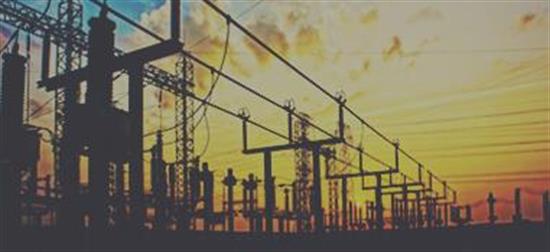Press Release
Trump Administration Slashes Red-Tape Stifling American Energy Development
WASHINGTON, D.C.,
January 18, 2018
|
Committee Press Office
(202-225-2761)
Today, the Subcommittee on Energy and Mineral Resources held an oversight hearing to examine Department of the Interior (DOI) actions to eliminate regulatory burdens for onshore oil and gas development on federal lands. In March 2017, President Trump signed Executive Order 13783, Promoting Energy Independence and Economic Growth. In compliance with the EO, DOI has taken aggressive steps to address identified barriers to responsible energy development. “Under Secretary Zinke’s leadership we are reviewing, revising and creating new oil and gas program policies, procedures and guidelines to help secure American energy dominance, create jobs and build a strong economy,” Deputy Director of Policy and Programs at the Bureau of Land Management (BLM) Brian Steed stated. In October 2017, the DOI released the report highlighting the Department’s progress, including the re-writing of onerous regulations and various other administrative steps to streamline bloated lease and permitting processes. “While the Department has been proactive in addressing regulatory burdens that discourage energy productions, much work remains in getting bureaucracy out of the way of responsible and timely development of our domestic resources,” Subcommittee on Energy and Mineral Resources Chairman Paul Gosar (R-AZ) stated. Jared Kubat, Vice President of Land, Legal & Regulatory at Wold Energy Partners, LLC (WEP), a four-year-old entrepreneurial endeavor, described the federal leasing process for onshore development as convoluted and “riddled with uncertainty,” citing the average delay WEP faces between parcel nomination and lease offering to be 415 days. “These delays negatively and disproportionately impact small business, the backbone of the economy, and the citizens of the states where these resources are located,” Kubat added. Shane Schulz, Director of Government Affairs of QEP Resources, stressed that while there has been a “remarkable” increase in domestic oil and gas production on state and private lands, “we did not see equivalent growth on federal lands.” “Development was underway, but it did not keep pace with development on private lands, where regulatory management is handled by the states,” Schulz emphasized. Today, the BLM, the federal agency responsible for managing the 700 million acre federal onshore mineral estate, takes an average of 257 days to issue a permit to develop on federal lands, where it takes states just 30 days on average. Schulz recommend the Committee and Trump adminstration continue to “evaluate methods to delegate more authority to states where it makes sense” and “continue to reform existing programs that are duplicative of adequate state programs.” “I would encourage you to find solutions to allow increases in leasing, and better planning for development of lands, and true multiple-use of the land,” Utah State Senator Kevin Van Tassell stated. In November 2017, the Committee passed H.R. 4239, the “SECURE American Energy Act,” a broad package of upstream energy reforms, including provisions enabling states with established regulatory programs to manage certain federal permitting and regulatory responsibilities. Click here to view full witness testimony. |
Newsletter Sign Up
Sign up to receive news, updates and insights directly to your inbox.

